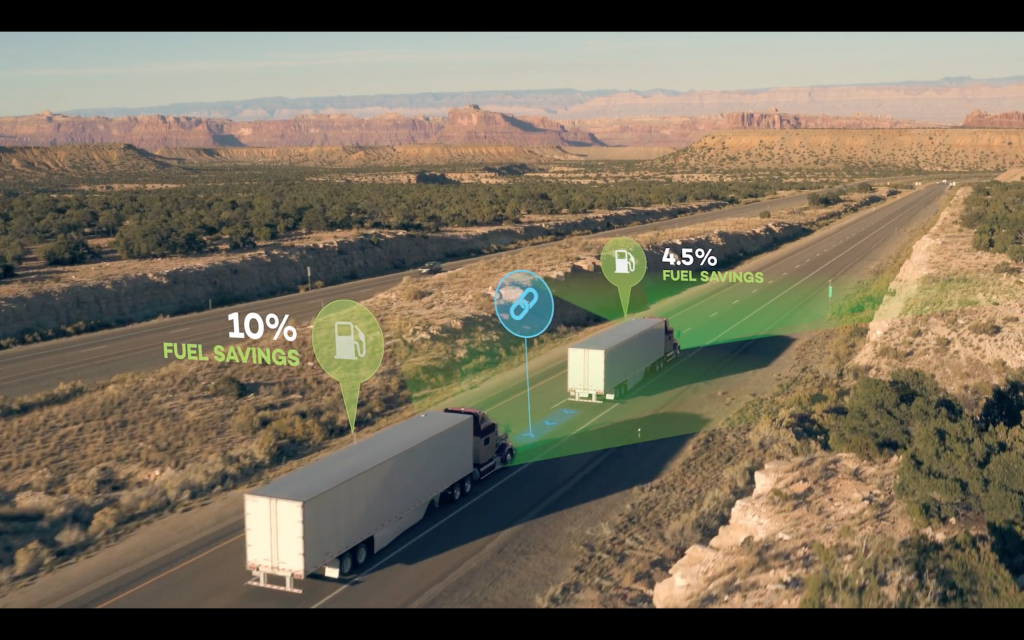By Liz Slocum Jensen April 2, 2018
The automotive tech industry reached an inflection point on March 18 when a Elaine Herzberg was tragically killed by a self-driving car. This was the first fatality of this kind on record. For years, industry experts have been anxiously anticipating this event to see how the industry and society would respond. Within the first two weeks, Uber, Toyota, Nutonomy suspended testing on public U.S. roads. Ford, GM, Zoox expressed that they will continue testing on the roads. The National Transportation Safety Board and National Highway Traffic Safety Administration are conducting an investigation of the Uber accident. This investigation could take over a year, according to Jim McPherson, an attorney and founder of industry consultancy SafeSelfDrive. This doesn’t mean that autonomous driving is at a stand still. This sector will continue to push forward and build but with a heightened awareness of safety and self-regulation.
For the past four years, development for the self-driving consumer car has felt like a race-to-market. GM announced that it plans to mass-produce self-driving cars by 2019. Nissan and Delphi intends to deliver by 2022. Honda has been more cautious with their plans for autonomous vehicles in 2025. Even in seven years, the price those vehicles will likely be too high for the average consumer. There will be an opportunity for fleet managers who can immediately create a revenue stream. It’s time to consider that the more widely used self-driving vehicles on public roads may be commercial freight vehicles, not passenger cars. I was impressed when the movie Logan envisioned a similar future.
Rethinking how we get to self-driving
We’ll have to re-train ourselves to get used to the idea of reasonable, incremental innovation. I’ve visited the Center for Automotive Research at Stanford several times over the past five years. I always ask the graduate students working on autonomy when they think we’ll see AV’s in our everyday life. The best answer I received was that the connected car will come first. Consumers have lost sight of that. A few years ago, when I told people that I was building a connected car startup, a common reaction was, “Oh, are you working on the Google self-driving car?” People want to jump straight to fully autonomous vehicles so quickly that they’re putting full faith into their current cars. Have you seen the video of a Tesla driver asleep behind the wheel in stop-and-go traffic?
“There is no such thing as a small truck accident.”
Peloton exemplifies the value of connected car technology as a stepping stone to autonomy. It leverage its Vehicle-to-Vehicle technology to address two critical challenges in trucking: fuel efficiency and fewer crashes. Shortly after Uber’s beer run in October 2016, Alison Chaiken of Silicon Valley Automotive Open Source and an engineer in the V2V trucking industry, thoughtfully reminded me, “There is no such thing as a small truck accident.” I still think about that conversation that prioritized safety over a year later when fatal accidents are prompting responses like, “We saw this coming.”
Platoons before passengers
As for the path to autonomy, this cat thinks it makes more market sense to have autonomous commercial transport as truck platoons before passenger vehicles. Implementing, testing, and maintaining commercial fleets that transported goods seemed easier to manage than individually-owned consumer cars that accommodate people and the amenities they expect. Ultimately, the federal investigation results will inform us all on what happened so that we can install safety checks and regulations to ensure that this doesn’t happen again. It should remind us of the humanity necessary to build the future of transportation.

